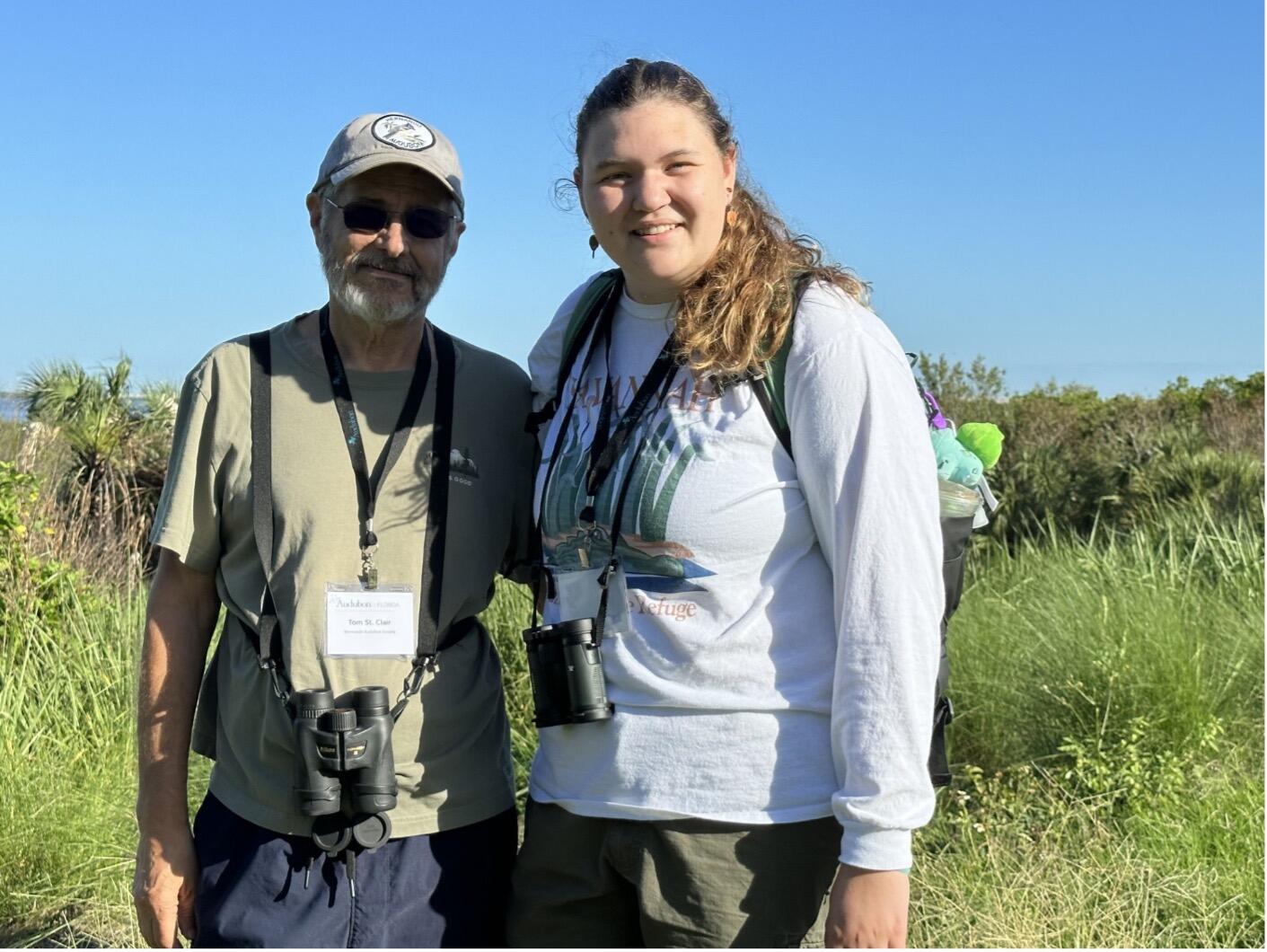Chinsegut Wildlife and Environmental Area in Hernando County may seem like a typical Florida trail at first, with hiking paths that wind through upland pine forests, but it provides crucial habitat for many bird species—including one that may be in decline. Walking through this park for the first time in April, I saw an American Kestrel and an Eastern Towhee as soon as I stepped onto the trail—both are fun, native species that are relatively common in this area.
About a mile into my walk, I suddenly saw flashes of red in the distance, flitting among the pine trees. Taps on tree trunks echoed throughout the forest as I grabbed my binoculars to get a closer look. One of the flashes of red settled on a pine—I had spotted my first Red-headed Woodpecker!
Unfortunately, these incredible sightings could become less common for visitors to Chinsegut, as the woodpeckers in this region may be in decline.
The Importance of Upland Pine Forest
Upland pine forest provides a crucial habitat for Red-headed Woodpeckers and needs regular fires to remain healthy. These pine trees have adapted to survive wildfire while other tree species have not. When land managers carry out prescribed fires, the pines can outcompete other trees and remain the dominant tree species. Some pine trees that do not survive a burn become snags, providing Red-headed Woodpeckers a structure in which they create nesting cavities. The holes they make are sometimes even used by other species of birds, like Pileated Woodpeckers or American Kestrels. Protection and fire management of upland pine forests benefit woodpeckers and other bird species that call pine forests their home.
Red-headed Woodpeckers May be On the Move
While Red-headed Woodpeckers come to bird feeders in northern states, Florida’s Red-headed Woodpeckers are more elusive. Populations in the Sunshine State are year-round residents, but most Floridians have never seen one! Florida's upland pine forests, with ample snags and food resources like insects and nuts, provide the habitat of choice for these birds.
The woodpeckers found in eastern Hernando County live amongst what many residents think are plentiful upland pine forests. However, birders in Hernando and Pasco counties may have noticed a decrease in sightings of Red-headed Woodpeckers over the last few years—and community science data from Audubon Christmas Bird Counts (CBC) seem to back that up.
Tom St. Clair, PhD, president of Hernando Audubon Society, has taken an interest in these birds during his time with Hernando Audubon. I partnered with Dr. St. Clair to learn more about the Hernando population of Red-Headed Woodpeckers and other populations within Central Florida as part of Audubon Florida's Conservation Leadership Initiative (CLI), which pairs undergraduate students interested in conservation careers, like myself, with mentors from Audubon chapters.
As part of my CLI fellowship this summer, I worked with Dr. St. Clair to analyze Red-headed Woodpecker populations in the Southwest Florida Water Management District using CBC data. The annual CBC data includes the numbers of each bird species seen that given year during specific count windows within a designated area by volunteers participating in the count.
Of the 17 Christmas Bird Count sites I analyzed, three experienced declines over my 1990-2020 study window—including in eastern Hernando County. The sighting decline is concerning, and it may be due to the loss of upland forested areas to development.
By contrast, residents within Manatee and Sarasota counties may have noted an increase in Red-headed Woodpeckers as these birds flock to protected land, like Myakka River State Park.

Into the Future: The Need for Protection
As the climate continues to warm and more severe storms hit Florida, Red-headed Woodpeckers may move north to escape the heat and loss of habitat. Protection of pine upland forests in counties like Hernando is important for these traveling woodpeckers and the health of Florida’s overall bird population. Hernando Audubon plans to use the results of this study to advocate for the conservation of their upland pine forests through partnerships with state and local organizations. They hope to increase the amount of government-protected upland pine forests and pine forests managed through prescribed burns. Although Red-headed Woodpeckers may be in decline in Hernando County, we hope that with more of their habitat put into conservation, they can thrive here once again.
About the Author
Abigail Reed is a first-year Earth and Environmental Science PhD student at the University of Michigan. She studies phytoplankton, biogeochemistry, and limnology. She has joined her local Audubon chapter in Michigan but hopes to continue to advocate for protection of upland pine forest in Hernando County through Hernando Audubon Society.




